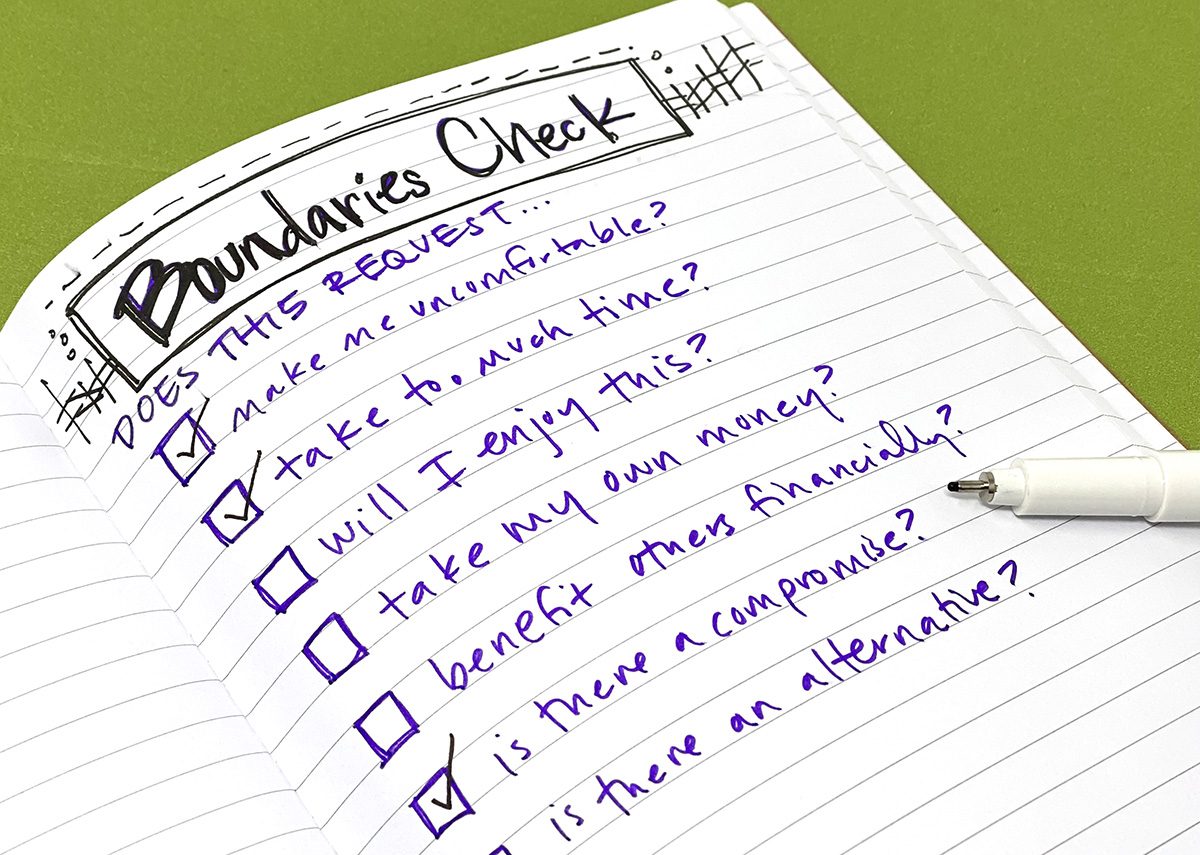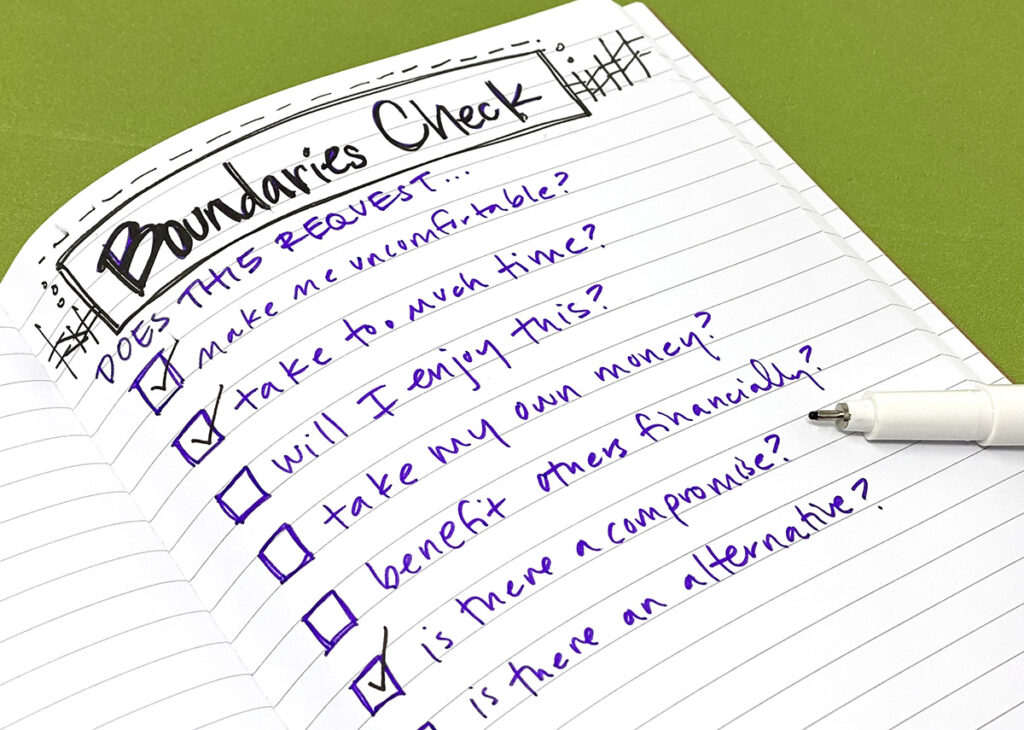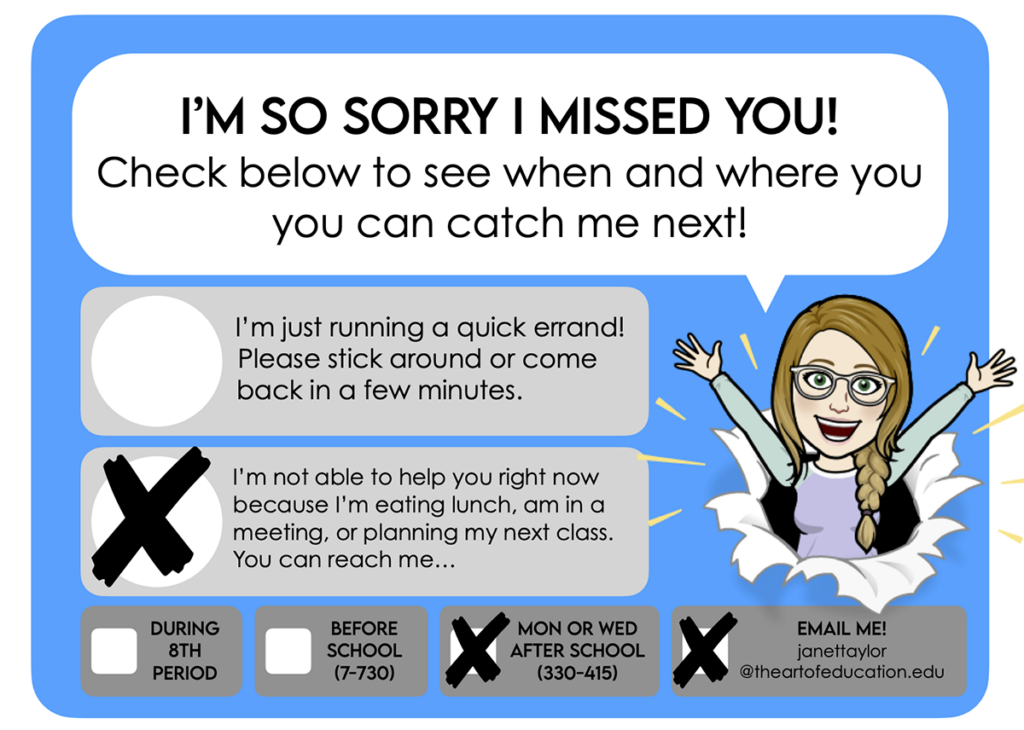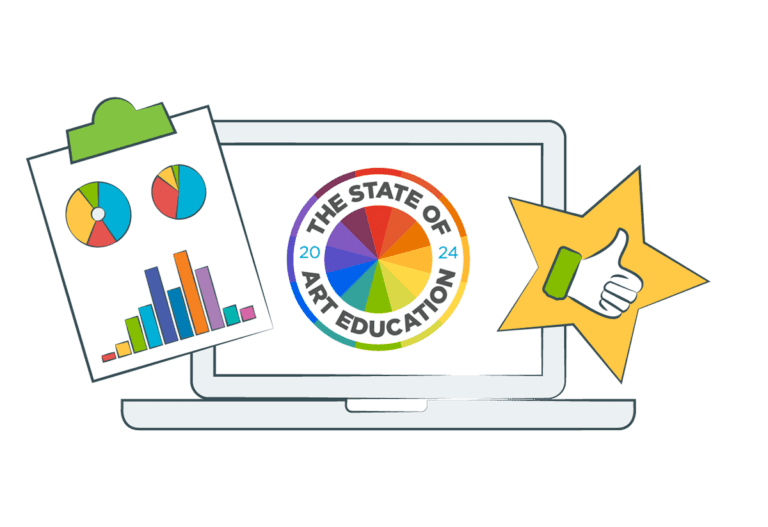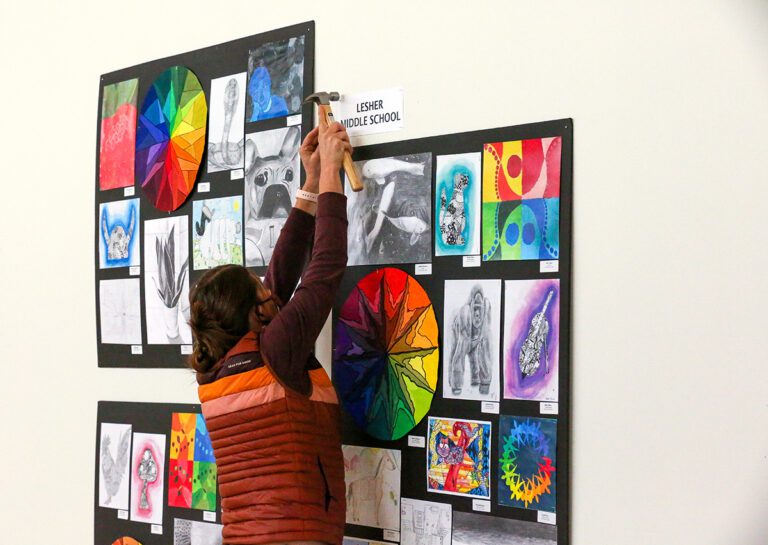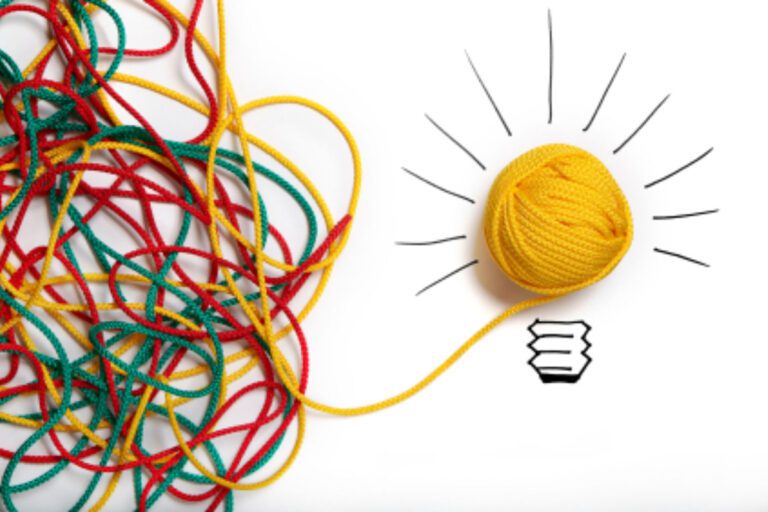You have five minutes to run to the bathroom and eat your lunch. Just as you sit down, you hear that dreaded knock on the door, “Hi! I was wondering if you could just…”
We all know how this sentence ends. A colleague, administrator, or student wants something from you. Unfortunately, slipping into the closet or under your desk isn’t going to stop those requests from coming. How can you care for yourself while still being a team player?
One tangible way you can care for yourself this year is to establish boundaries. A boundary is a clear place between you and another person. These can be physical or emotional, and they will help you figure out what you will and will not take responsibility for. A physical boundary may look like not allowing yourself to access your work email and computer from home or closing your room to students during your lunch break. An emotional boundary may mean telling the ninth-grade class sponsor you will not help with their homecoming decorations because you need to focus on your curriculum and classes—and not feeliing guilty about it.
“Daring to set boundaries is about having the courage to love ourselves even when we risk disappointing others.” —Brene Brown
Having healthy boundaries can have many advantages. Some include increased autonomy, stable mental and emotional states, and a reduction in burnout. Healthy boundaries are a good thing, but how do you figure out what would be best for you?
Here are 7 tips to help you set personal boundaries with clear and professional expectations in the art room.
1. Create a checklist for evaluating requests.
Setting boundaries doesn’t mean saying “No” to every request. However, take a look at the request and evaluate whether you should take it on or not before responding. It is also okay to tell the requester you need time to think about it and will get back to them. Don’t feel pressured to have an answer on the spot.
Ask yourself the following questions to help you determine your answer:
- Does this make me feel uncomfortable?
- Will this take too much of my time?
- Is this something I will enjoy?
- Will this take money from my own personal pocket and/or from my art program to serve someone else’s personal needs and wants?
- Do I have a possible compromise or alternative?
2. Ask yourself, “What is my time worth?”
It is easy to feel obligated to help others because it’s “the kind thing to do”—especially if you are a people-pleaser. While the request may not cost you anything financially, it will cost you your time. You have to determine what your time is worth to you.
3. Be polite and professional.
It’s natural to be short, become flustered, or complain when we are stretched thin. Just because someone asks doesn’t mean you have to say, “Yes.” It also doesn’t mean you should get upset with them for simply asking. They tried, and you said, “No”—end of story. The best way to turn down a request is to stay calm and professional. We tend to spout off excuses or reasons, so we don’t look bad or feel guilty. You do not owe any justification as to why you are saying, “No.”
Here are some ways to say, “No” with prowess:
- Be clear.
“Unfortunately, I can’t make those posters for your daughter’s graduation party. Hopefully, someone else is available to support you.“ - Be kind.
“Thank you for thinking of me! I love the idea of beautifying the school. Sadly, I can’t add more to my plate right now.“ - Don’t leave an opening.
“Unfortunately, if I also join this committee, my lesson planning will suffer. Thank you for understanding.“ - Or… leave it open!
“That sounds like a great idea! I can’t meet with you this week, but next week looks more doable. Please email me to check in so we can set up an appointment.“ - Provide alternatives.
“I’m sorry. I can’t give you my paper, but you may borrow my scissors.”
A bonus tip is to make sure you label and inventory supplies before you lend them out! - Provide other support.
“I’m sorry you’re having a tough day. I’d love to talk more, but I’m preparing for my next class. Can I email the professional school counselor for you to connect with?“ - Explain your expectations.
“If this is something you would like, I can quote you a price based on materials and time.“
4. Schedule appointments.
Remember that lunch scenario where you have five minutes to run to the bathroom and scarf down your lunch? You have minimal downtime to think, relax, or even sit down. Your art room is a revolving door for colleagues and students who pop in to say “Hi,” chat about their problems, and ask a “quick question.” These things always take up more time than you hope. It’s not rude to say, “I can’t right now, but I can at another defined time.”
Create an “open/closed for business” sign for your door to let others know you are not available right now. Provide an option to let them know when you will be available. This will allow you to pour into yourself and the tasks you need to get done while still being fully present to others when you have the capacity.
5. When you say, “No,” you are really saying, “YES!”
Remember that saying, “No,” doesn’t mean you are a grump in the corner. By lessening your outside responsibilities, you can focus your energy and attention on those who need it the most—you and your students. There will always be tasks that need to get done, and you are not the only qualified person who can do them. Instead of juggling too much and dropping the ball, say, “Yes,” to a few core things and do them well.
Let’s look at different ways to say, “Yes,” to your students, classroom, art program, and yourself.
Say, “Yes,” to your students.
- Take time to support a struggling student.
- Connect with staff and parents to assist students.
- Develop curiosity by engaging in extension activities.
- Devote time to learning more about who your students really are.
- Invest in your curriculum instead of feeling like you are “getting by.”
Say, “Yes,” to your classroom.
- Organize and label materials to make your life easier.
- Design your creative sanctuary.
- Restructure seating for the best flow and flexibility.
- Paint the walls or windows to create a calm environment.
- Purge old materials and artwork to refresh your space with something new.
Say, “Yes,” to your art program.
- Sponsor an art club or National Art Honor Society.
- Focus on art shows that showcase your program as a whole.
- Create promotional information to educate the community.
- Meet with colleagues to plan, enrich, and align content.
- Explore ways to add cross-curricular or cross-media approaches.
Say, “Yes,” to YOU!
Advocate for what you need to be the best teacher for your students. Reframe your requests by reminding your administration that when they provide time for you to do your job, you have more time with and for your students.
- Request funding for professional development, “The more I know, the more I can support my students!“
- Write a grant to travel so you can bring back your experiences to the classroom.
- Request time for cleaning and organizing.
- Request a teaching or lab assistant or student aide. Less time prepping materials means more time spent in direct contact with students.
- Request tools, materials, and classroom furniture. Every intentional piece in your classroom environment makes the learning experience better for students.
- Take a personal day or leave of absence.
6. Ask and ask again.
We often give up when we don’t receive something the first time. You request time, you request funding, you request support, and you continue to be denied. However, when you stop asking, you are showing that the need isn’t there. Put it in writing, give clear and concise reasons why, and work together with colleagues to show how this request will benefit students. If it is important, don’t drop it.
7. Stick to your boundaries.
Remember, only you get to set your boundaries. You get to make your decisions, and you also get to stick with them. You may decide to help out one colleague and not another—and that’s okay. Once you have set your boundaries, keep them in your pocket. When something comes up that feels like too much of an ask, remind yourself of your boundaries and why you set them in the first place. And remember, when you say, “No,” to the noise, you are really saying, “YES,” to what is important.
What is something you will say “No,” to this year?
How will you make your boundaries clear to others without offending anyone?
How will you request what you need to support your self-care and focus on your students?
Magazine articles and podcasts are opinions of professional education contributors and do not necessarily represent the position of the Art of Education University (AOEU) or its academic offerings. Contributors use terms in the way they are most often talked about in the scope of their educational experiences.
